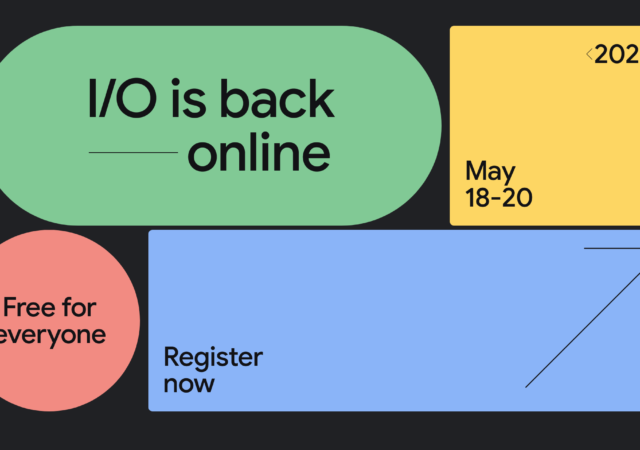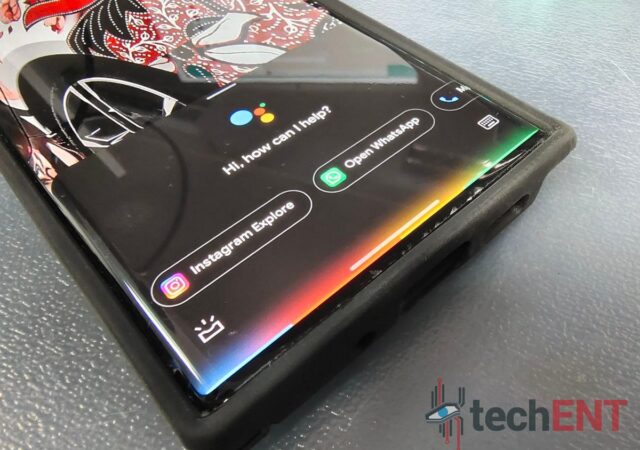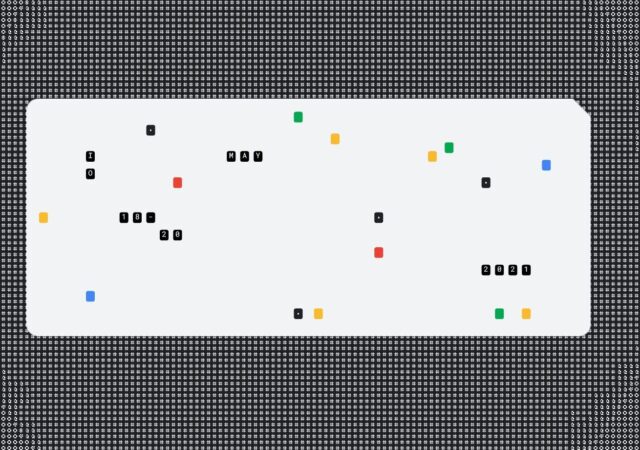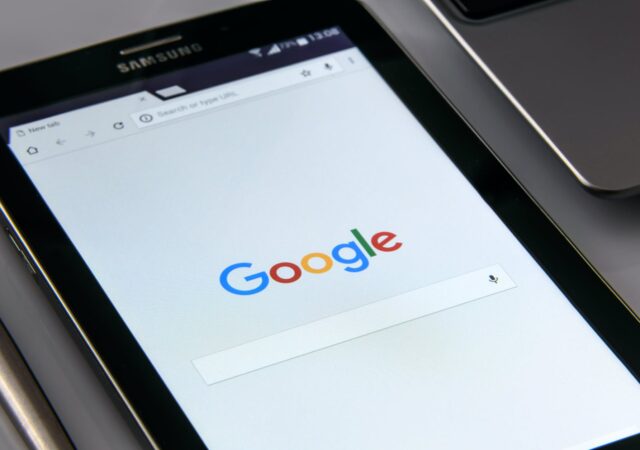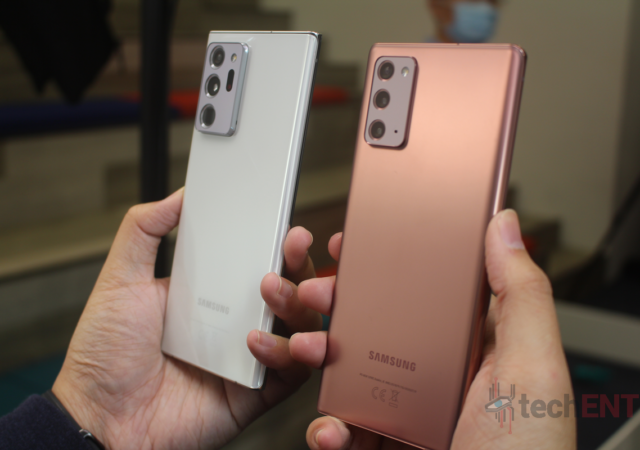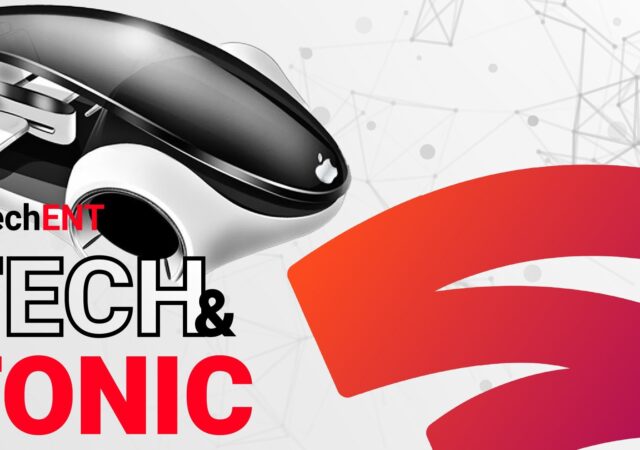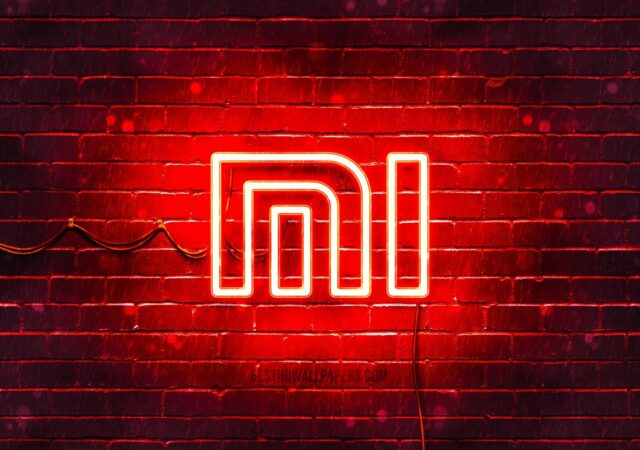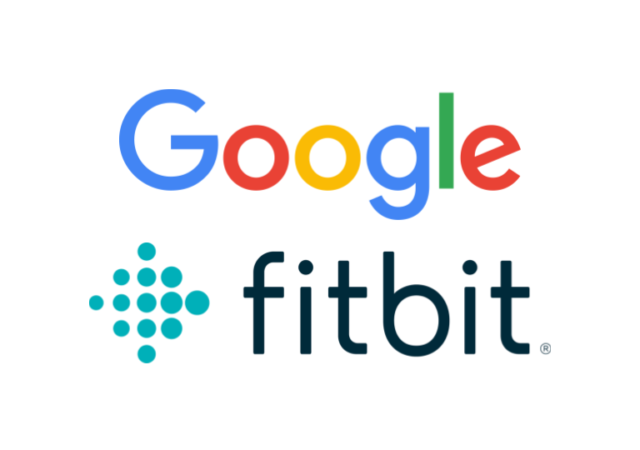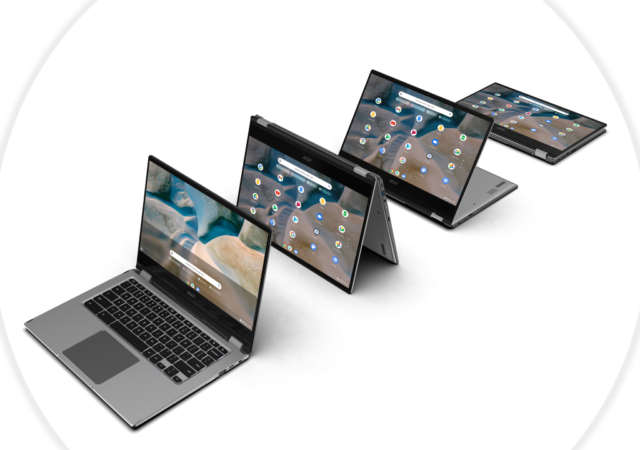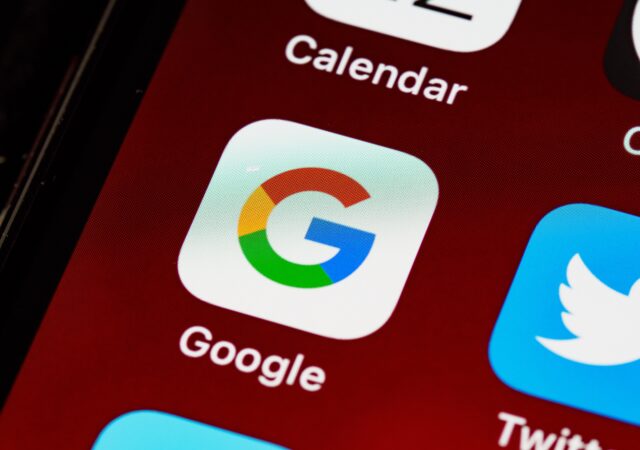Google I/O is set to happen 18th May 2021 onward. The conference is expected to see a bunch of updates to Google’s ecosystem including Android
Google Assistant will be Getting Smarter thanks to Guacamole
Google Assistant may be getting an update that will change how it’s being used. What’s more, the codename is a pretty tasty one.
Google I/O 2021 is Happening Online and Completely Free in May 2021!
Google has revealed its Google I/O dates through their own clever punch card puzzles. The 2021 conference is all-virtual and free to attend.
Google Comes Under Fire For Chrome’s Incognito Mode
Google comes under fire as users discover that Google Chrome’s incognito isn’t really incognito.
Samsung Ups Its Commitment to Security with 4 Years of Support for Devices
Samsung commits to providing updates to their devices beyond Google’s Andorid OEM requirements.
Tech & Tonic Podcast: Apple Car & Google Stadia – Vision or Fiction?
We are back for another episode of Tech & Tonic Podcast. In this episode of the Tech & Tonic show, we look deeper into Apple’s Car project and whether or not Apple is reaching too far out from their own…
Xiaomi Promises GMS Will Remain on Its International Devices
Xiaomi addresses concerns head on about the availability of Google Mobile Services on its upcoming smartphones.
It’s Official; Fitbit is now Google’s. What Does This mean?
Fitbit is now officially acquired by Google. The acquisition is part of Google’s bid to complete its manufacturing capabilties.
[CES 2021] AMD Powered Acer Chromebook Spin 514 Unleashed
Acer announces a new Chromebook Spin 514 at CES 2021 powered by AMD’s Ryzen 3000C processors and complemented with RADEON Vega graphics.
It’s Not Just You… Google Services are down! [Update: Issue Seems to be Resolved]
Google Services seem to be facing a worldwide outage. Details are scant but it seems to be affecting more than just their in-house apps.



